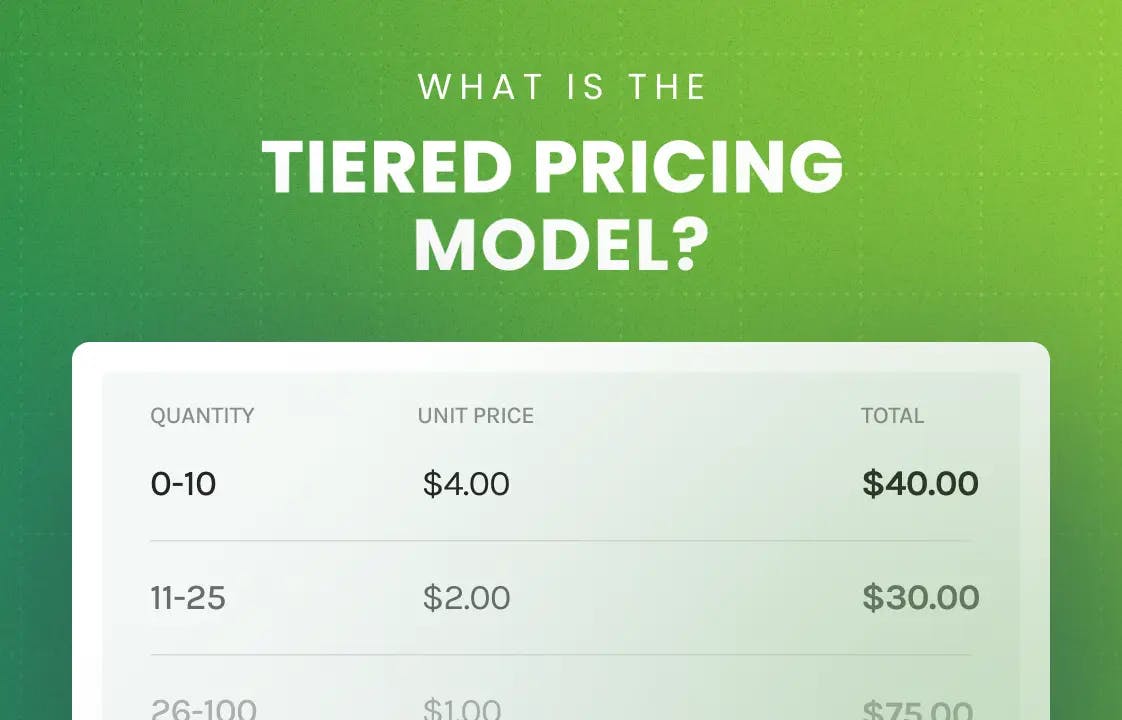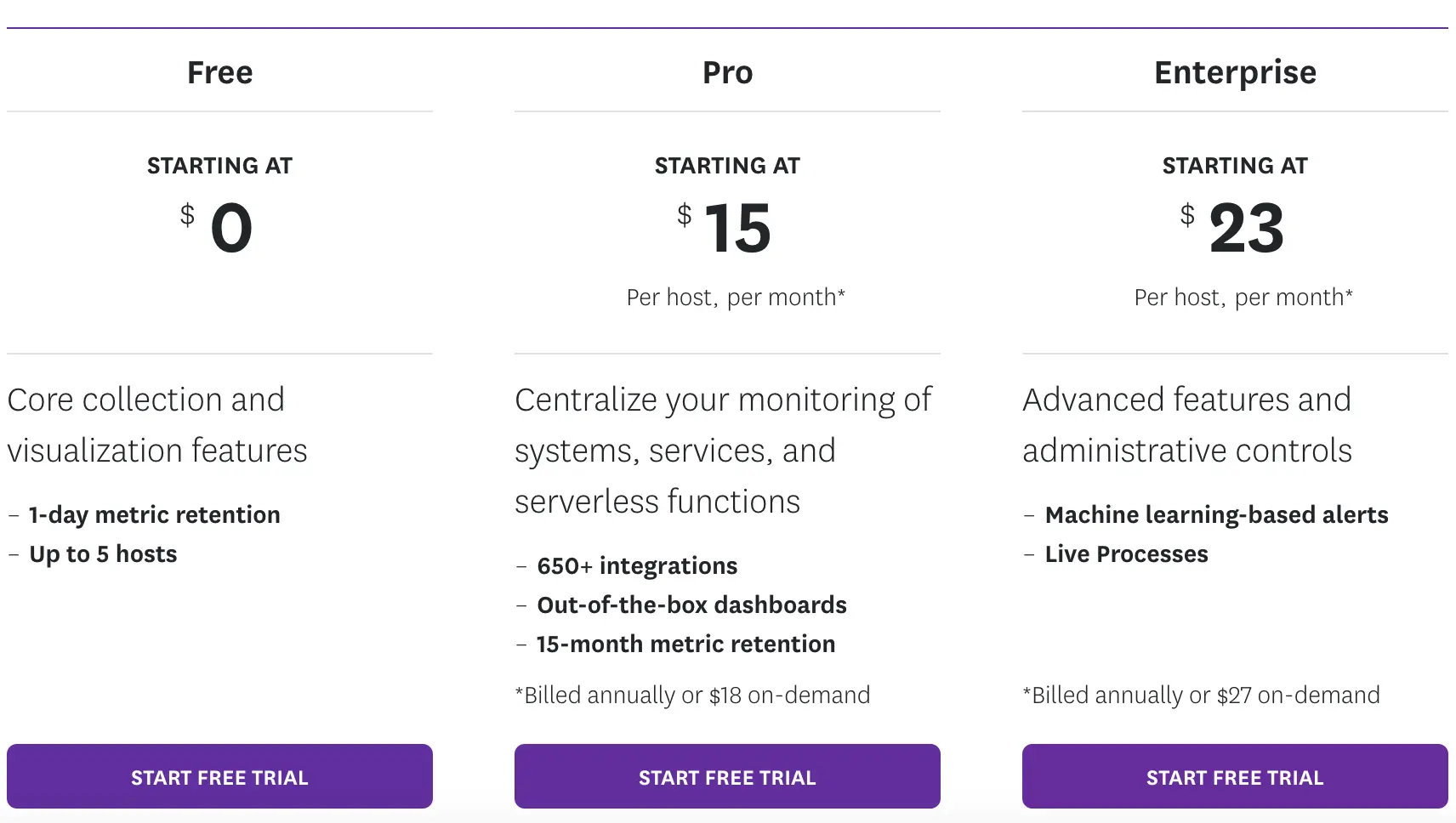
With a tiered pricing model, customers move between tiers based on their consumption of seats, licenses, or usage. Once they fill up a tier, they move to the next one—tiers incentivize users to consume more as usage on higher tiers is billed at a discounted price. The tiered pricing model is often confused with the tiered pricing strategy, which refers to the SaaS practice of offering customers a variety of plans and packages with different features, benefits, and price points tailored to different customer profiles.
This article will explain the tiered pricing model, volume-based pricing, and tiered pricing strategy.
Tiered and Volume-based pricing models
The tiered pricing model is frequently mixed with a volume-based pricing model. The difference is how the usage discounts are applied: on a unit level or for all the usage. With a tiered pricing model, each unit is billed on its corresponding tier, while with volume-based pricing models, all usage is billed on the highest volume discount.
Regarding implementation, tiered pricing is more complex than volume-based pricing, as you need to calculate the cost per tier and apply the correct tier to each usage. Eventually, this logic must be implemented in your billing system and pricing calculators.
Example comparison
Let's compare the tiered pricing model and volume-based pricing models through an example using the following pricing table:
| Quantity | Unit Price |
|---|---|
| 0-10 | $4 |
| 11-25 | $2 |
| 26-50 | $1 |
With the customer consuming 100 units, the bill will look different with tiered and volume-based pricing:
- Tiered-based pricing: We bill each usage on its corresponding tier:
- Volume-based pricing: We bill all usage on the highest achieved volume discount:
It's also common for SaaS vendors with usage-based pricing to refer to tiered pricing as volume discounts.
Tiered Pricing Strategy
The tiered pricing strategy differs from the tiered pricing model. Tiered pricing strategy refers to the SaaS practice of offering customers a variety of plans and packages with various features, benefit bests, and price points tailored to different customer profiles.
Tiers allow customers to choose an option that suits their business needs and budget. The different tiers are usually created to incentivize customers to upgrade their tiers over time. Pricing strategy tiers are often organized as Good-Better-Best options:
Good
The introductory tier is suitable for new customers to experience the product. Users usually outgrow this tier as they adopt the product or grow their business. This is also the most affordable tier.
Better
The most popular tier is designed for a wide range of customers, usually including the introductory tier features and expanding on them. Offered on medium price point.
Best
The premium tier includes the highest usage limits, increased service and support SLAs, and everything from lower tiers. This is the VIP experience with the highest price point, the most you can offer your customer.
Example of Good, Better, and Best Tiers
For example, here are DataDog pricing’s Good-Better-Best options (Free-Pro-Enterprise).

Final thoughts
Tiered and volume-based pricing models are a great way to incentivize customers to consume more of your product. But it's essential to understand the difference between the two models and how they affect your billing.


